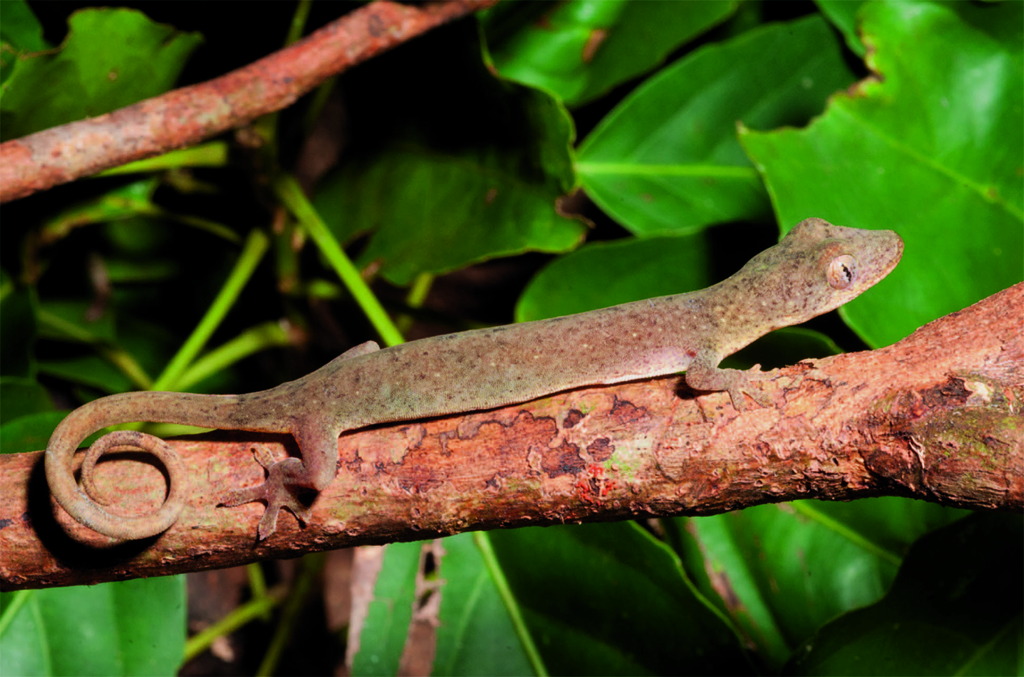Cameron D. Siler, Drew R. Davis, Jessa L. Watters, Elyse S. Freitas, Oliver W. Griffith, Jake Wilson B. Binaday, Athena Heart T. Lobos, Ace Kevin S. Amarga & and Rafe M. Brown

L'arcipelago delle Filippine presenta un paesaggio faunistico prevalentemente endemico, quindi esclusivo di quel territorio, gechi compresi, con più dell'80% delle specie; tra queste quelle appartenenti al genere Pseudogekko.
Lo studio svolto da Cameron D. Siler e colleghi, porta alla luce evidenti differenze all'interno del complesso Pseudogekko brevipes.
Nell'articolo infatti si evidenzia come P. brevipes, sia in realtà suddiviso in tre specie, tutte geograficamente isolate. Chiare differenze morfologiche e genotipiche, confermano e supportano la tesi dei ricercatori.
La nuova specie descritta si chiama Pseudogekko sumiklab. Il nome "sumiklab" deriva dal verbo filippino "esplodere", in riferimento alla località dov'è stato trovato il geco, Mt. Mayon e a tutti i grandi vulcani presenti nella regione di Bicol.
Abstract
The Philippines possess a remarkable species diversity of amphibians and reptiles, much of which is endemic to this Southeast Asia island nation. Lizard diversity in the family Gekkonidae is no exception, with more than 80% of the country’s gecko species endemic to the archipelago, including the entire genus of False Geckos (Pseudogekko). This small radiation of diminutive, slender, arboreal forest species has been the focus of several recent phylogenetic and systematic studies that have highlighted the prevalence of undocumented species concentrated in several geographical regions within the archipelago. Newly available genetic data have led to the revision of two species complexes in the genus Pseudogekko, one of which is the focus of this study. We describe a new member of the Pseudogekko brevipes complex, which represents the first population from this species group discovered in the Luzon Faunal Region. Because of the species’ secretive nature, rarity, or restricted geographic range, it has gone undetected despite recent biodiversity surveys targeting the central and northern portions of the Bicol Peninsula.
We evaluate both morphological and genetic data to support the recognition of the new species. All three members of the P. brevipes complex have allopatric distributions situated within three of the archipelago’s distinct faunal regions. The recognition of the new species increases the total number of taxa in the genus Pseudogekko to nine species.
Per avere l'articolo intero:
